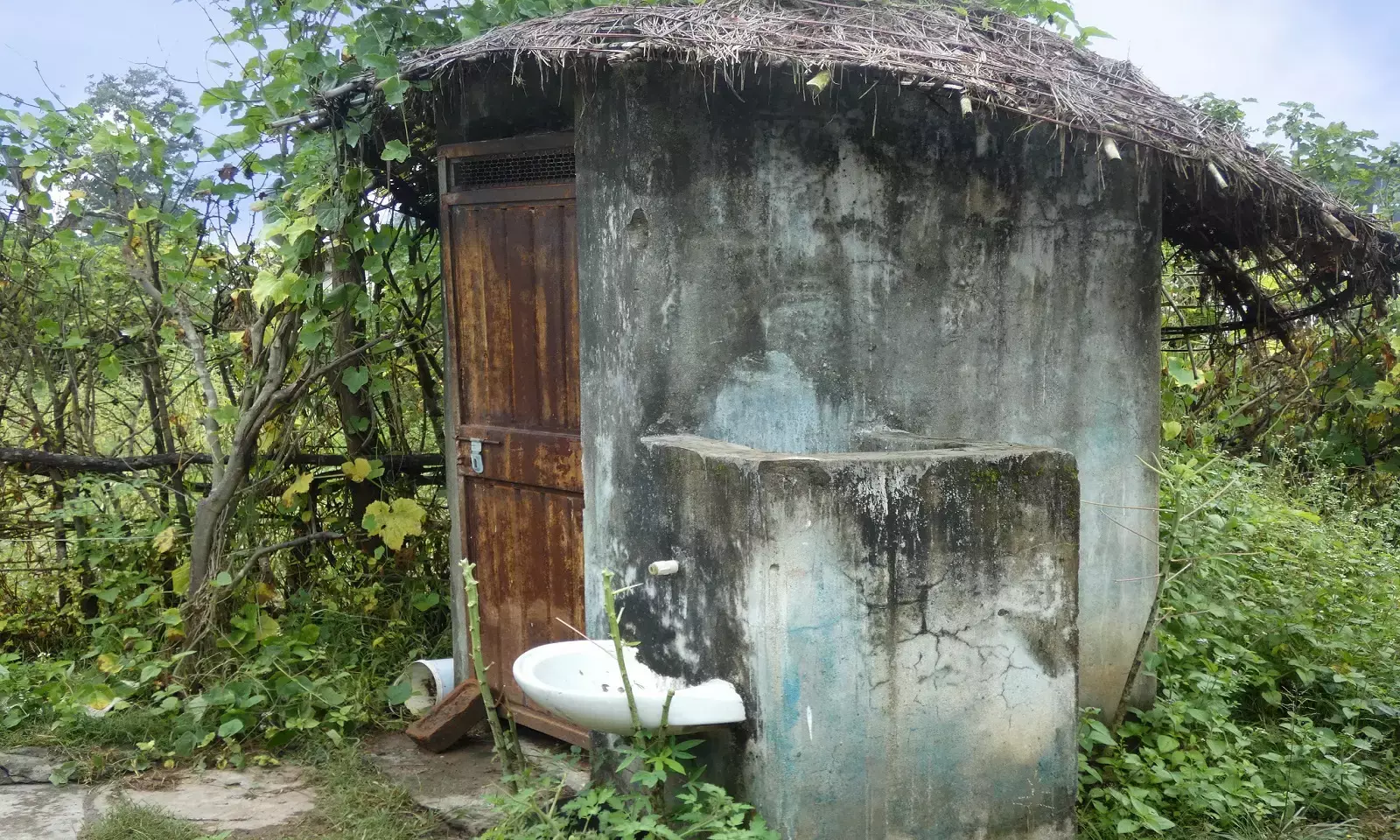Fact-check: Nadda claims 60 lakh toilets constructed in Assam under SBM
Data from several official sources proves the BJP national president's claim false

Source: Flickr Photos
At a rally ahead of Assembly polls in Assam's Biswanath Chariali on March 22, 2021, BJP national president JP Nadda claimed that 60 lakh toilets have been built under the Swacchh Bharat Mission (SBM) in the state to make it open defecation free.
SBM is being executed by two Union ministries — Ministry of Drinking Water and Sanitation for rural areas and Ministry of Housing and Urban Affairs for urban areas. Since official data couldn't have been sourced from one place, FactChecker checked every official source for the information and found numbers that didn't match Nadda's claim.
According to Swacch Bharat Abhiyaan (Gramin) portal, 35.6 lakh toilets have been built in Assam since the mission was launched on October 2, 2014. The latest state-wise Status of Implementation of Various Components under SBM (Urban) revealed that 76,797 toilets had been constructed in Assam till January 2020.
FactChecker further tallied the data with a Lok Sabha answer dated February 11, 2021. Assam saw construction of 39.2 lakh individual household latrines till February 8, 2021, answered the Ministry of Jal Shakti when asked about the number of toilets constructed till now under SBM (Gramin).
The Ministry of Housing and Urban Affairs' Geo Portal for Urban Missions shows that 78,378 toilets have been built under SBM (Urban) in Assam. Of these, 921 are public toilets, 154 community toilets and 77,303 individual household latrines. But here there's no mention of the period in which these have been constructed.
When FactChecker spoke to experts about the data mismatch, they raised a bigger question saying whatever may be the number touted by the government, the ground reality is nowhere close to that.
"In 2018, the Swacch Bharat Abhiyaan portal had declared high numbers. But when the verification was carried out on-ground, the number of households that had access to toilets was much lesser," said Avani Kapur, Director, Accountability Initiative, a wing that researches on accountability in governance within Centre for Policy Research, a New Delhi-based non- profit.
According to the latest National Family Health Survey-5, 2019-20, 68.4% population living in households in Assam's rural areas and 69.7% in urban areas have access to improved sanitation facility. This marks a 23 percentage point increase in rural areas and 7.5 percentage point rise in urban areas since 2015-16.
"In Rajasthan's Udaipur district, some Gram panchayats had declared villages open defecation free with adequate number of toilets built but when we went on ground the situation was quite different," said Kapur while adding that there's lack of water supply or waste treatment system in many rural areas in the country.
Several news publications have also reported how there's no water and electricity in many of the toilet booths constructed under SBM. According to a survey tabled by the Comptroller and Auditor General of India in Parliament on September 23, 2020, there were irregularities in the construction of toilets in schools by Central Public Sector Enterprises (CPSEs). The CAG surveyed 1,967 coeducational schools and of these, 99 had no functional toilets, 436 had only one functional toilet and 75% were not being maintained hygienically.
A World Bank research in 2018 also found that building toilets was not stopping Indians from resorting to open defecation. The report lists beliefs that stop people from using toilets. It says that people believe that open defecation is acceptable and harmless, that pits may require more frequent cleaning if all household members use the latrine, the cultural anxiety that building a latrine close to the house can make it "impure", the social norm that pit cleaning is not only an unpleasant but also a demeaning (especially for higher caste members) or that open defecation is a "masculine" activity.
Another study found that although rural latrine ownership had increased between 2014 and 2018, open defecation remained common in Bihar, Madhya Pradesh, Rajasthan and Uttar Pradesh.
"Different statistical methods produce slightly different numbers, but a wide range of approaches agree that approximately 40% to 50% of rural people in these states defecated in the open in late 2018," the study quoted.
The claims by government bodies on India being rendered open defecation free has to be taken with a pinch of salt. According to a report by The Wire, "Few people in villages want the pit latrines provided by the government, so in many cases funds spent on latrines do not result in functional latrines."


